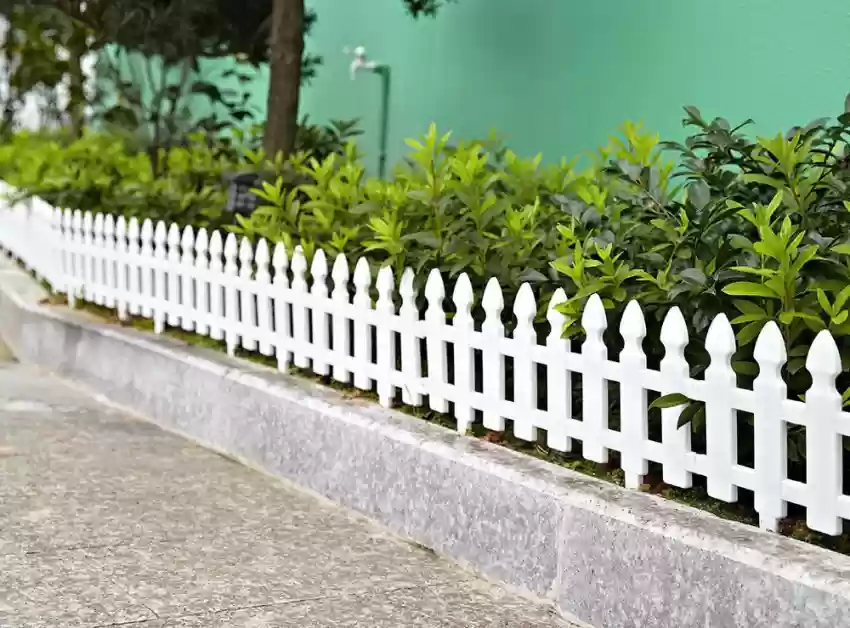The delicate balance between human development and wildlife conservation requires thoughtful measures to protect both habitats. One crucial aspect of this coexistence is the construction of effective wildlife fences. A well-designed wildlife fence, or DIY deer fence solutions, serves as a barrier to prevent conflicts between human activities and the natural behavior of wildlife. In this blog, we will explore the key elements that make a wildlife fence effective in promoting harmony between humans and wildlife.
- Height Matters: One of the fundamental features of a good wildlife fence is its height. Different species have different levels of agility and jumping abilities. A fence that is too low may be easily overcome by more agile animals, while a tall fence can deter many potential intruders. Understanding the target species and their behaviors is essential in determining the appropriate height for the fence.
- Material Selection: Choosing the right materials for a wildlife fence is crucial for its durability and effectiveness. Various materials like metal, wood, and synthetic materials have their advantages and disadvantages. The material should be sturdy enough to withstand weather conditions, resistant to corrosion, and difficult for wildlife to damage or penetrate.
- Visibility and Transparency: A wildlife fence should be visible to both humans and animals to avoid accidental collisions. However, it should also be designed to blend into the natural landscape to minimize its impact on the aesthetics of the environment. Using materials that allow visibility through the fence, such as mesh or open designs, helps maintain a connection between separated habitats.
- Gaps and Openings: To maintain ecological connectivity, a good wildlife fence should include strategically designed gaps or openings. These openings serve as wildlife corridors, allowing animals to move freely between habitats, particularly in areas where migration routes or seasonal movements are common. Properly designed gaps also reduce the risk of animals becoming trapped or injured.
- Electrification for Deterrence: In some cases, incorporating electrification into a wildlife fence can enhance its effectiveness. Electric fencing can act as a deterrent for larger mammals, discouraging them from attempting to breach the barrier. It’s essential, however, to ensure that the electric shock is non-lethal and does not cause harm to the animals.
- Regular Maintenance: A good wildlife fence is only as effective as its maintenance. Regular checks and repairs are necessary to ensure that the fence remains intact and functional. Over time, environmental factors such as weather and vegetation growth can affect the fence’s performance, making proactive maintenance crucial for its long-term success.
Conclusion: Creating a good wildlife fence is a delicate balance between protecting human interests and preserving the natural behaviors of wildlife. By considering factors such as height, materials, visibility, gaps, electrification, and regular maintenance, we can construct fences that promote coexistence rather than hinder it. A well-designed wildlife fence serves not only as a physical barrier but also as a symbol of our commitment to harmonious living with the diverse species that share our planet.
